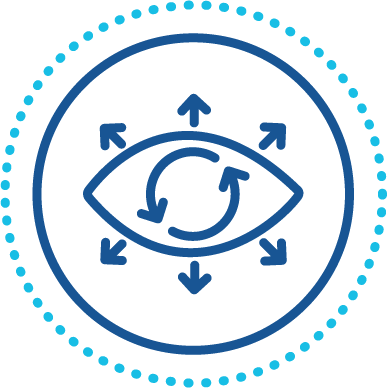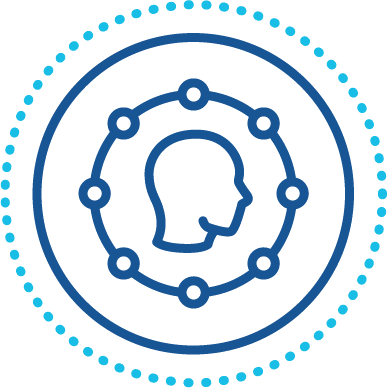Setting the stage for continued Digital Transformation at VA
As the Department of Veterans Affairs (VA) continues its drive toward Digital Transformation, early investments in this transformation have paid dividends to the Veterans and caregivers that VA is charged with serving. For example, our work to improve performance monitoring helped us know when and where to burst capacity to support an influx of Veterans needing video telehealth appointments, and our investment in the cloud provided an ultimate solution for ensuring VA could support an exponential increase in telehealth usage during the early days of the COVID-19 pandemic.
Similarly, early in the pandemic when the Veterans Health Administration sought to compress and accelerate their eight-year deployment vision for tele-critical care because of the pandemic, The Office of Information and Technology (OIT) configured and helped deploy 250 mobile tele-critical care carts across 139 locations in just four months, leveraging an existing solution we had already begun deploying as part of our cybersecurity approach.
Additionally, when VA shifted a large portion of the workforce to remote work, the investments we had made into remote access, teleconferencing, and employee computing equipment meant that employees were logged in remotely and accomplishing VA’s mission from Day 1.
In OIT, our only mission is to deliver IT products and services to VA and our Nation’s Veterans. We must ensure that every ounce of energy we expend and every resource we deploy is focused on this essential mission.
Air Force Veteran Ann Sanchez
A large part of this success was due to the unique environment during the early pandemic; we had a shared vision, we had stretch goals, we had priorities that everyone agreed on, and we received critical resources mapped to those goals. It also showed us the true capabilities and talents of our teams.
But VA’s Digital Transformation is much broader than investments in the cloud, in equipment, and in new services. It’s an acknowledgment that, today, many Veterans are already accustomed to a digital experience — whether that’s depositing a check from their phone, accessing their auto insurance card from an app, or chatting with a customer service rep via text — and they expect the same options from VA.
It’s also an acknowledgment that for Veterans who physically interact with VA — whether coming into one of VA’s more than 1,200 health care facilities to receive care, or visiting a Vet Center to sign up for benefits, or meeting with a Veteran Service Organization for support representing their claim to VA — they expect the VA or VSO employee to be able to provide those services reliably, and that the complex, nationwide information systems that enable that service will work, every time. Limited IT resources, myriad federal mandates, and inadequate prioritization have created technical debt that impedes our ability to deploy new digital product offerings.
To meet Veterans where they are, with reliability and with consistency, OIT must be single-minded in our focus on developing a clear vision for our work, creating priority-driven roadmaps, and executing with excellence, rigor, and consistency over time at every level.
Becoming the Best IT Organization in Government
Public service is a noble calling, and for all of its associated opportunities and rewards, there are real challenges to operating on such a large scale with so many mandates and categories of stakeholders. Often, we lose sight of the opportunities before us because we are juggling so many requirements not directly related to our mission. We become less vision-driven as we’re forced to re-prioritize our work and redirect scarce resources to respond to all of these external requirements.
For OIT to transform into an example of what the best IT organizations can do to further government agency missions, we need to renew focus on several critical areas that, unless addressed, will prevent VA from offering the seamless, secure experience our Veterans deserve.
There is no great IT organization that is not great at execution in all respects. We simply cannot be great unless we are all experts at the fundamentals, from the IT specialist to the budget analyst, from the product developer to the human capital specialist, from the cybersecurity program manager to the administrative assistant.
We have to get back to basics and pursue excellence in organizational strategic planning, bringing rigorous discipline to how we prioritize requirements and allocate funding. We must examine how we engineer and maintain key IT products and services, avoid downtime, service our VA customers, and support top VA priorities such as Electronic Health Record Modernization (EHRM). We must also clearly articulate and deploy a strategy to secure and protect VA’s vital infrastructure and our Veterans’ information.
While we do this, we must never lose sight of the exceptional customer experiences we’re trying to create with our products and services.
To accomplish this, we must lead with vision, connect the vision to clear plans with measures for success, and achieve those through relentless execution.






